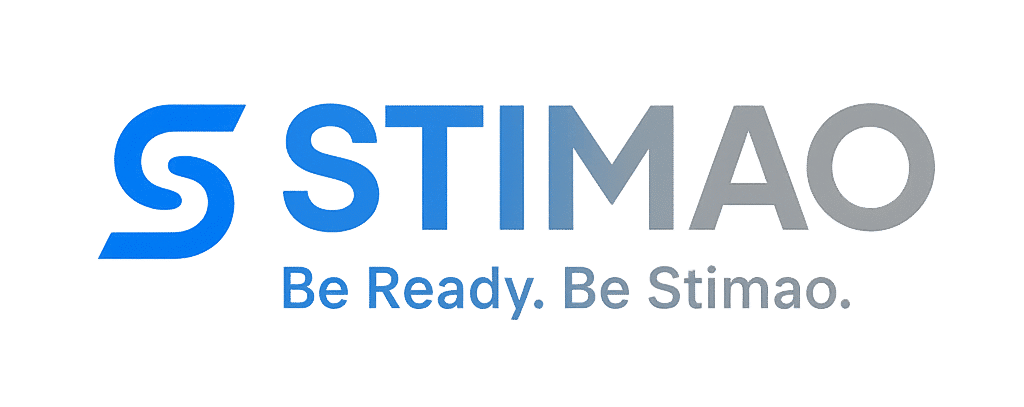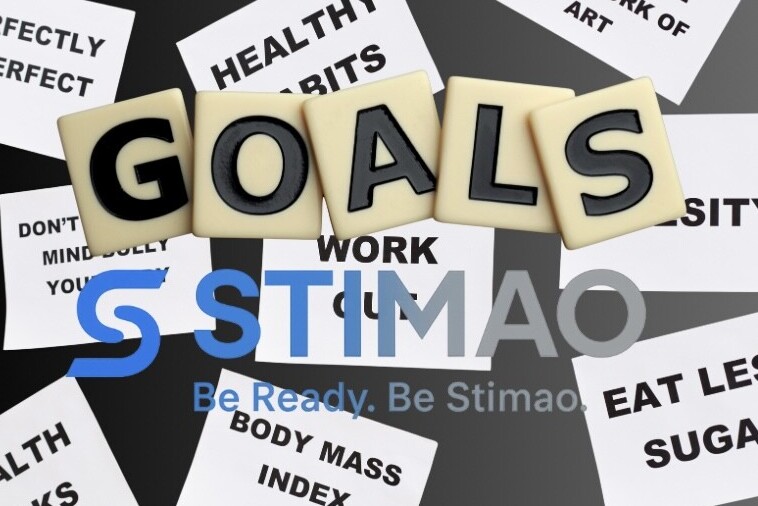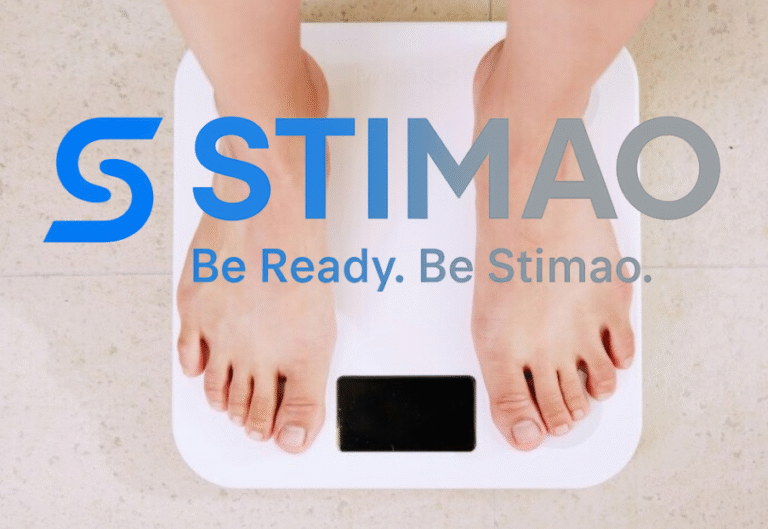 Does muscle recovery actually work? Yeah, it does and that’s backed by loads of scientific studies. When you work out, muscle fibers experience tiny tears. Recovery isn’t just about healing those tears but making muscles stronger. This way, you’re not just sitting around doing nothing; you’re actively building strength.
Does muscle recovery actually work? Yeah, it does and that’s backed by loads of scientific studies. When you work out, muscle fibers experience tiny tears. Recovery isn’t just about healing those tears but making muscles stronger. This way, you’re not just sitting around doing nothing; you’re actively building strength.
So, what’s the secret to effective muscle recovery? Consistency. Yeah, you heard me. It’s no secret formula. Just a mix of rest, nutrition, and sometimes, a little gentle exercise. Magic doesn’t happen overnight, but with a regular routine, progress is just around the corner.
Now, is 3 days enough for muscle recovery? Generally, for moderate exercise, 2-3 days can be enough for recovery. But, it varies depending on intensity and individual factors. Your body and how it feels tells you more than any rule of thumb.
If your muscles ache, it’s a sign they’re healing. Known as DOMS (delayed onset muscle soreness), this is a common part of recovery. Your muscles ache because those tiny tears are being repaired.
Let’s chat about the four stages of muscle recovery – inflammation, repair, remodeling, and growth. Inflammation happens first, kicking off the healing. Repair is where new muscle fibers start to develop. Remodeling weaves those fibers into a stronger structure, and growth is where the magic finally happens, making you stronger than before.
The Role of Active Recovery in Muscle Repair
Active recovery might just be your new best friend. Instead of collapsing onto the couch after a workout, adding light movement can boost your recovery game. Whether it’s a gentle bike ride or a relaxed swim, these activities keep blood flowing without adding stress to muscles.
What’s really going on with active recovery? It’s all about circulation. Low-intensity movement stimulates blood flow, bringing oxygen and nutrients to your muscles. This speeds up the repair process and reduces soreness, making your next workout feel way more manageable.
Complete rest has its time and place, but coupling it with active recovery can offer better results. Think of it as walking the line between rest and activity. By doing this, you’re promoting healing without completely shutting down.
How do you weave active recovery into your routine? Start small. Short walks on rest days or yoga at sunset can be a game-changer. Pair these movements with breathing exercises or meditation for extra relaxation. It’s about balance and finding what keeps your body feeling good.
The scientific community solidly supports active recovery. Experts agree it’s effective for reducing lactic acid buildup, which means less muscle discomfort. It might sound like an effort but believe me, integrating a bit of movement into your downtime makes a difference.
Understanding the Science of Recovery Runs and Growth
Recovery runs are a sweet spot for many athletes looking to enhance muscle repair and stamina. These light runs aren’t about speed or distance but maintaining a relaxed pace that keeps your heart and muscles gently engaged.
The science behind recovery runs is pretty cool. By fostering blood circulation, they help wash away metabolic waste left in muscles after intense exercise. This reduces DOMS, making your stride smoother for the next tougher run.
Recovery runs support fitness by involving slow-twitch muscle fibers, promoting endurance without tearing you down. They offer a chance for the body to adapt to stress in a manageable way, gradually boosting overall performance.
Muscle recovery and growth aren’t rivals; they’re pals in the journey toward getting stronger. Growth stems from how effectively your muscles recover. Giving them the right mix of time and nutrients fosters bigger, better muscles.
Certain muscle groups might take longer to recover, like the lower back or calf muscles after an intense session. Listen to your body. It’s always giving you clues about when it’s ready for more.
Crafting a recovery-focused workout plan means balancing intensity, rest, and active recovery. Keep your eye on the goal, but remember, every step, even the slower ones, gets you closer to better muscle health.





